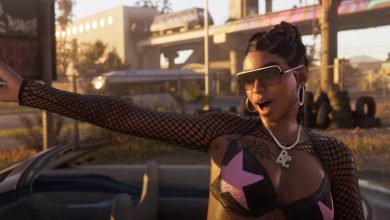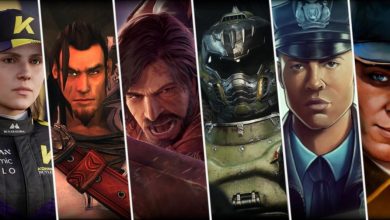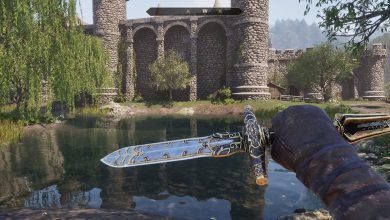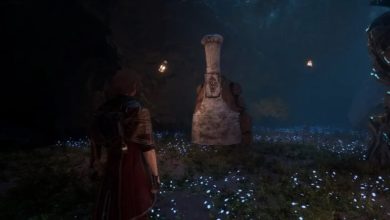Impressions of Death Stranding 2 – a new level of “Kojima” game with elements of Metal Gear
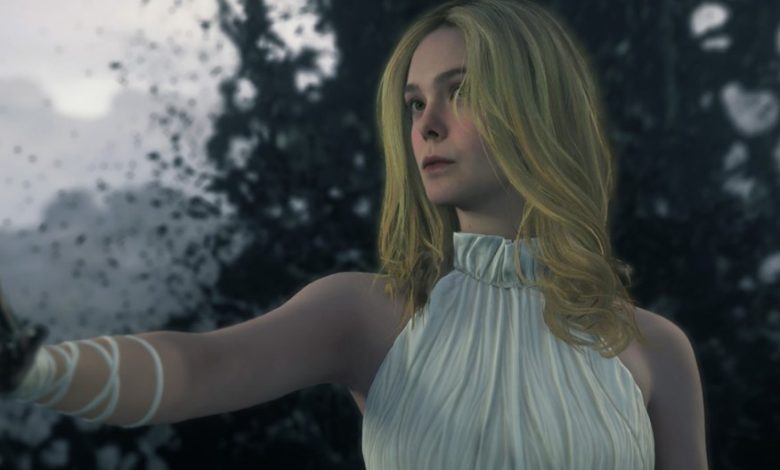
Recently, journalists from various publications were able to visit Hideo Kojima’s studio, where they were able to try out about 30 hours of Death Stranding 2 gameplay.
As Eurogamer writes in its preview, the Kojima Productions studio itself looks like a cinematic space – black walls with Death Stranding posters, a collection of celebrity autographs and Polaroids. Behind the trophy cases are recording studios, scanning and motion capture rooms, a THX-certified studio – a real film studio for creating video games.
The monochrome design highlights the futuristic “Luden Room” – a white space with a statue in the center and mirrored walls that create an infinity effect. Secret doors lead to an illustration gallery and a white circular meeting room reminiscent of “2001: A Space Odyssey.”
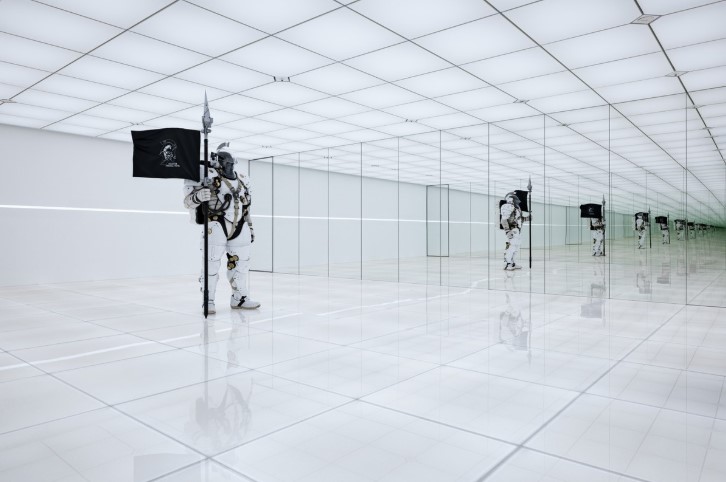
From Part One to Part Two: Evolution of the Concept
The preview notes that the original Death Stranding was an expression of Kojima freed from the shackles of Konami – a bizarre sci-fi world that has sparked polarized reactions. For some, it’s a profound look at the afterlife, for others, a mindless “walking simulator.”
Six years and a pandemic later, Kojima returns with a sequel that takes the criticism into account while also expanding on his ideas. In a way, Death Stranding 2 feels like the transition from MGS1 to MGS2 – the first game introduced the concept, and the second expanded on it significantly.
Plot: More accessible, but still weird
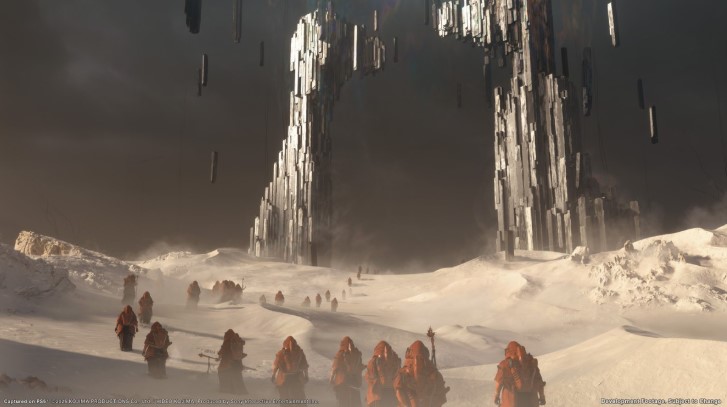
The opening sequence is visually impressive, with realistic textures on Sam’s skin and cinematic panoramas set to Woodkid’s music. The narrative is made more dynamic by the fact that all the exposition has already been done in the first game.
The events begin 11 months after the first game. Sam is living a quiet life with his adopted daughter Lou until Fragile returns with a new mission: connect Mexico to the chiral network. Crossing the Mexican border (yes, there is a wall), the mission takes Sam to the Australian outback.
The new addition is “Corpus”, an in-game glossary that allows you to recall plot points and learn about characters. This ensures that the script is concise without endless explanations.
The setting is a dynamic world instead of static Iceland
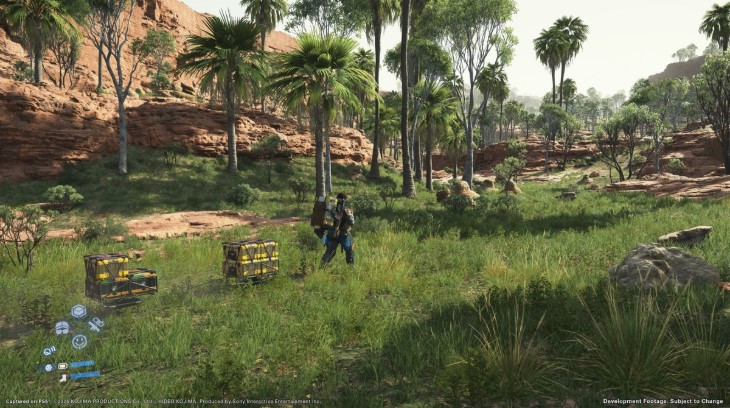
The Mexican desert and Australian outback are much more dynamic than the American locations due to extreme weather conditions – sandstorms overturn Sam, heavy rains cause floods, earthquakes trigger avalanches.
The variety of landscapes is impressive: barren mountains, white sand deserts, lush jungles and lunar rocky plains – all changing depending on the time of day, even affecting the temperature of the cargo being transported.
As the chiral network expands, the world becomes filled with other players’ structures. Asynchronous online interaction is enhanced with new structures: curved ziplines, safe houses, and ramps that launch Sam through the air “like Sonic.”
Improved customization options

Sam now evolves through the use of abilities – increasing stamina and weapon proficiency. As the porter rank increases, buffs on the skill tree become available.
The backpack and transport can be modified – add ammo belts, shields, automatic manipulators for grabbing cargo and even machine guns for combat missions. As the journalist says in the preview, he was able to turn the truck into something like a tank, which was especially nice after a long walk.
Metal Gear in DNA: Reimagined Combat System
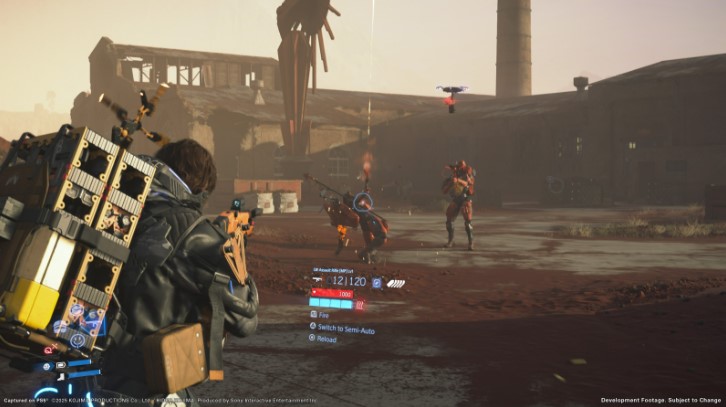
Death Stranding 2 is a lot like Metal Gear Solid 6 (what could have been) – an open world with a seamless transition between stealth and combat. Sam uses different types of camouflage, hides in the grass, and sends out Dollman to scout the area, Assassin’s Creed style.
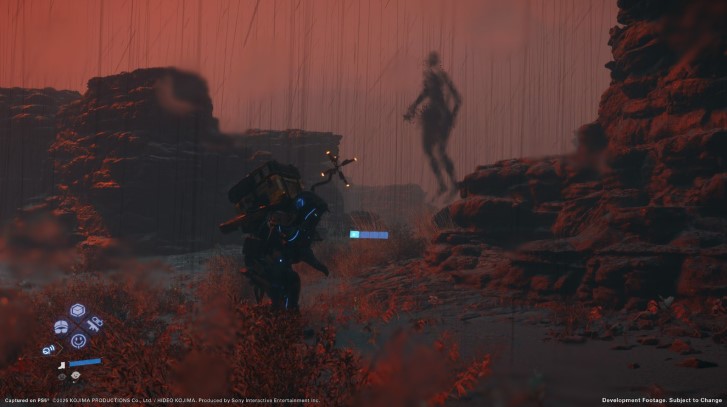
As Sam sneaks through the jungle, dodging searchlights and silently taking out enemies, it definitely feels like a nod to Metal Gear.
Combat against BTs has become more active – invisible enemies are now more visible, and a new type of “Observer” can see Sam, creating tense moments. With an expanded arsenal, these encounters have turned from tedious lessons in holding your breath into dynamic shootouts.
Music and atmosphere
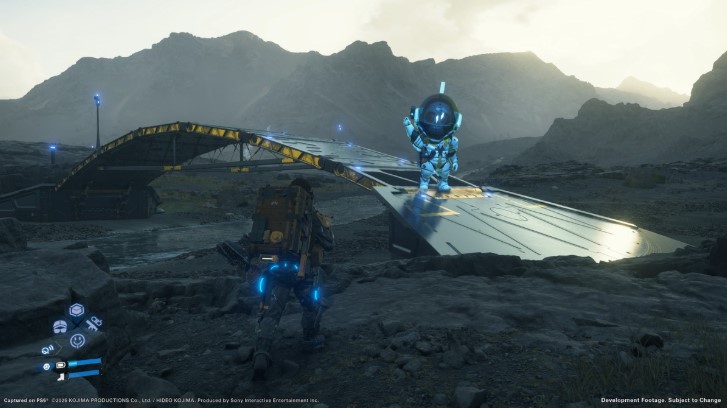
A new feature is a music player that allows you to create playlists and listen to them within the chiral network. Following the death of Low Roar’s lead singer, the soundtrack features a larger mix of artists, led by Woodkid.
Kojima personally selects the songs, simply by calling his favorite artists. The music emphasizes the shift in tone – from the fear of death to the preservation of life, as well as the transition from gloomy Iceland to sunny Australia.
The most “Kojima” game

Death Stranding 2 is a vast improvement on the original – it’s faster, tighter, and more immersive. It’s a labor of love, filled with balanced mechanics, exceptional visuals, and plenty of secret scenes.
The game becomes a portal into the post-pandemic consciousness of a 60-year-old Kojima, pondering life, death, human connection, and legacy. In this sense, DS2 feels like the most Kojima-esque game yet—a culmination of all his previous achievements, with a distinct Metal Gear DNA sprinkled throughout.

